Cathedrals to Concrete: How European Cities Grow
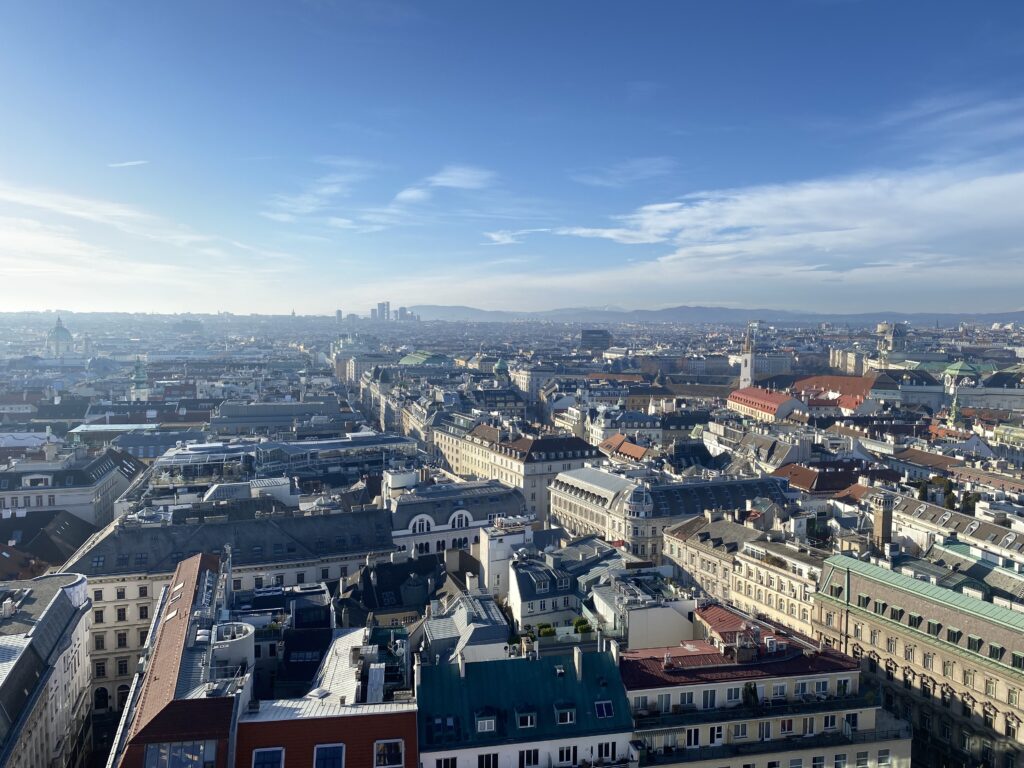
I went to Vienna over the long travel weekend, and it was definitely one of the most beautiful cities I have ever seen. The architecture was timeless and baroque, representative of the golden age of the city in the 17th-19th centuries. However, once I left the inner city the whole style changed; everything just started to look like any other city you’d find in Europe or the United States.
I’ve noticed this with a lot of cities in Germany too. First, there’s this older, more ornate city center, usually with a church, market and some government buildings and then once you go outside of this center everything looks much more modern. You get the regular office buildings with glass and concrete.
Vienna, Bonn and Cologne have all shown this pattern. Bonn has its own center, starting from Münsterplatz and the monastery, and then expanding outwards, you see buildings like the Stadthaus, which doesn’t match the style of the central city.
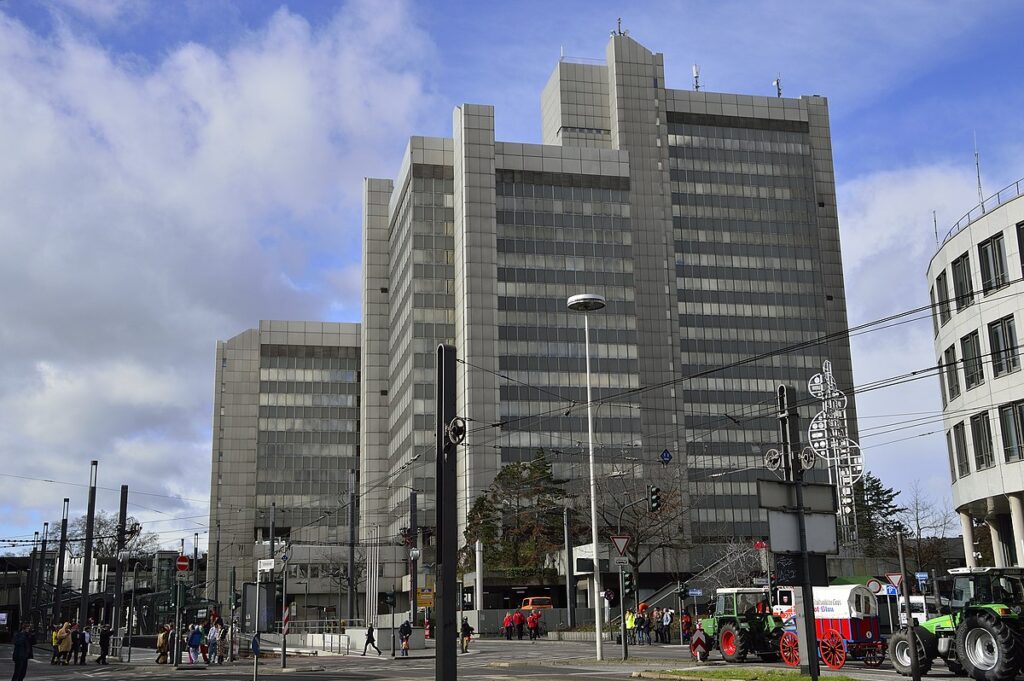
This change, while not necessarily aesthetically pleasing, can be attributed to the natural growth of a city. Bonn faced a lot of growth during the 16th century once it was placed as the capital of Cologne in the 16th century. During that time, much of the city was built, so the style of the buildings were made to match the Baroque style of the time (City of Bonn). 400 years later, the city became the capital of West Germany. New buildings were built around the old city, and these buildings, like the Stadthaus, reflected the more utilitarian style of architecture we see in buildings today. This is why the newer buildings are only located around the older ones, and not within the city itself.
Cologne has its cathedral, alongside an area that was rebuilt after World War Two to match the style of the buildings that were previously there. Once you cross the river, it’s all office buildings. The difference with Cologne is that the architecture styles were a conscious choice. Pretty much all buildings in the city were destroyed during World War 2 (BBC) and the city was consciously reconstructed in its original style. In this case, it was not the natural growth of the city, but the desire to properly rebuild it that caused Cologne to be the way it was.
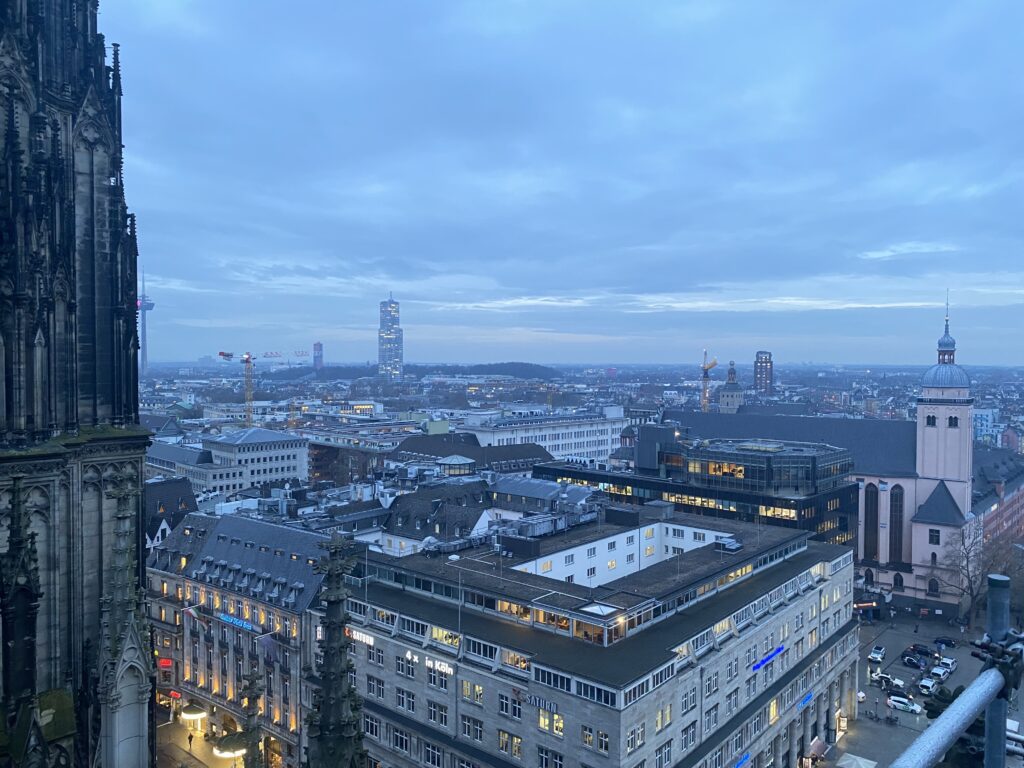
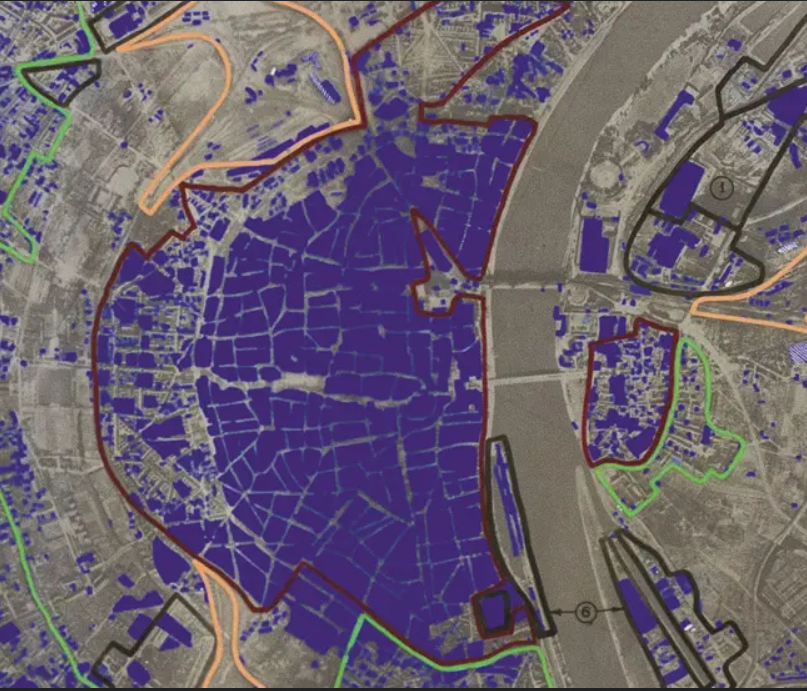
There is one interesting trait I noticed about these city centers that I would also like to touch on is that most of them do not have cars, the roads are about the same size as a regular road, but it’s entirely sidewalk, with maybe some decorations like a tree in the middle. These areas often have many stores as well, which are easily accessible with the walkable paths. In the US I haven’t seen this many retail stores next to each other in a place that wasn’t a mall. I wonder if this promotes the use of retail stores, which is something that is becoming less and less common.
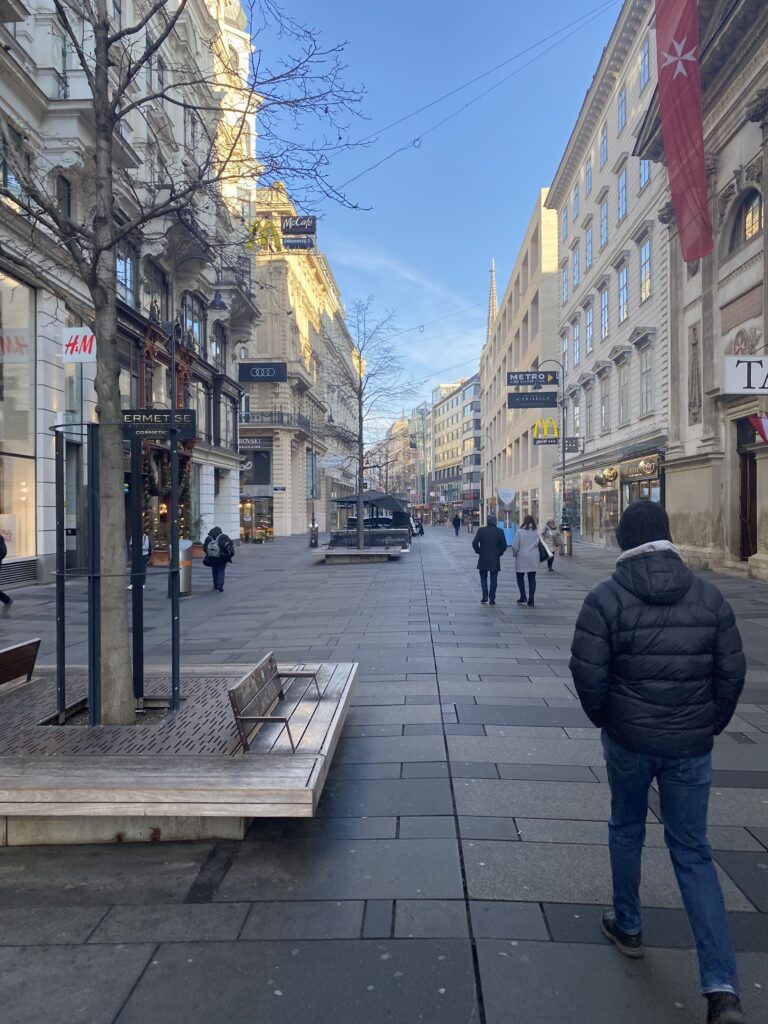
– Robin S.
Sources:
Turner, L. (2015, October 8). Bomber Command maps reveal extent of German destruction. BBC News. https://www.bbc.com/news/uk-34467543
